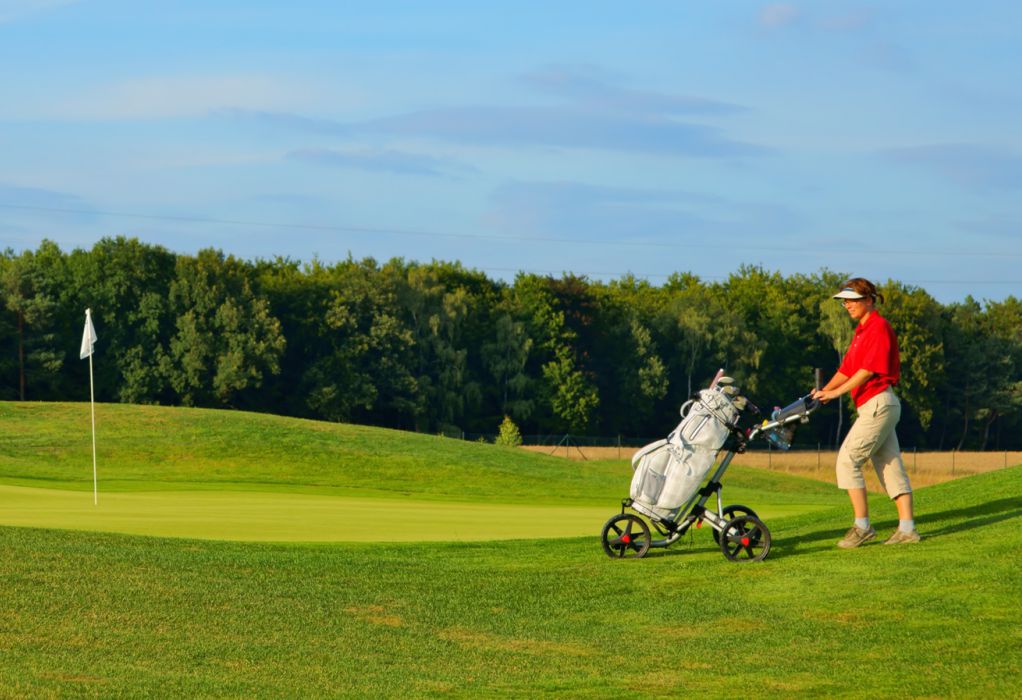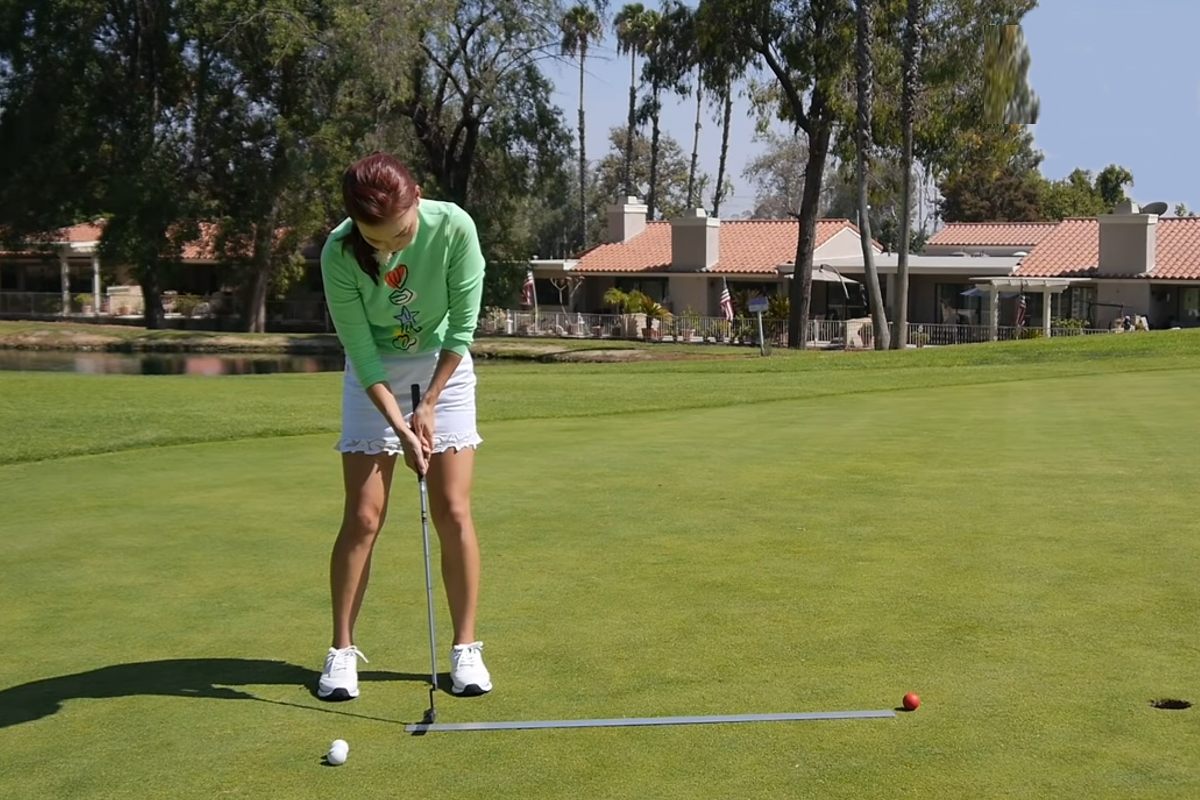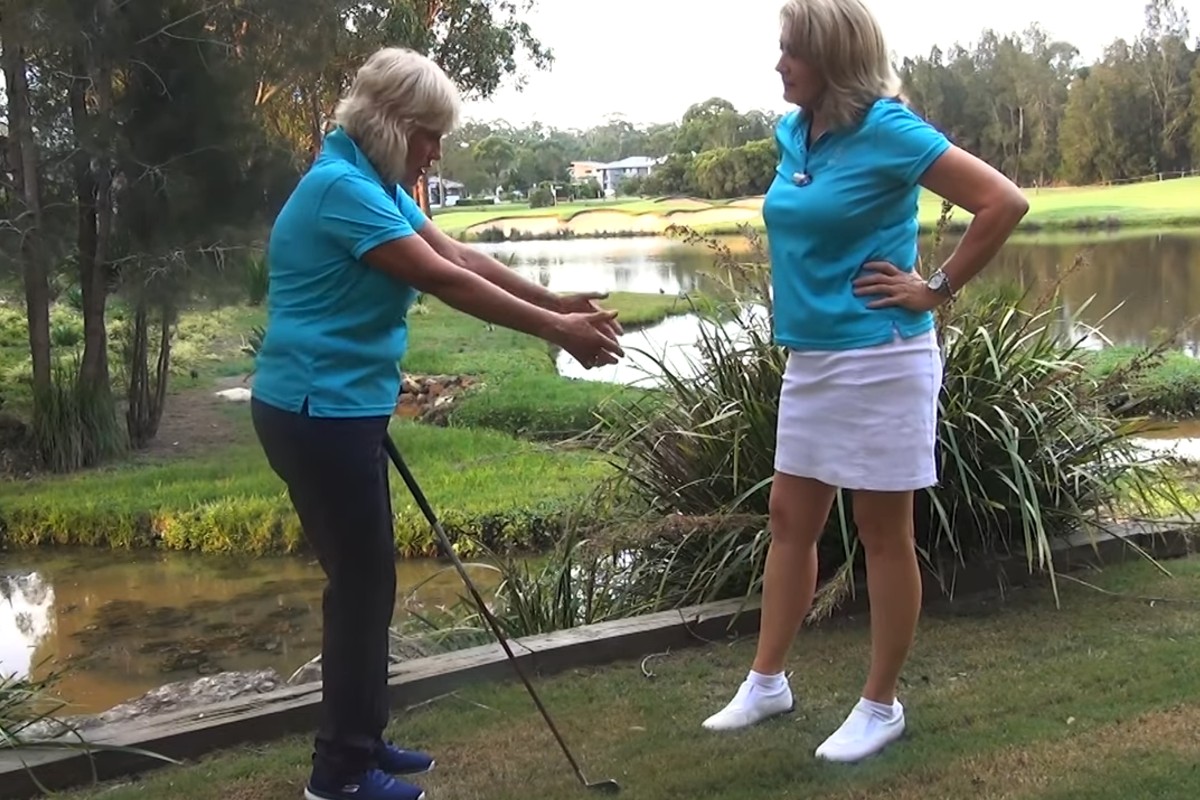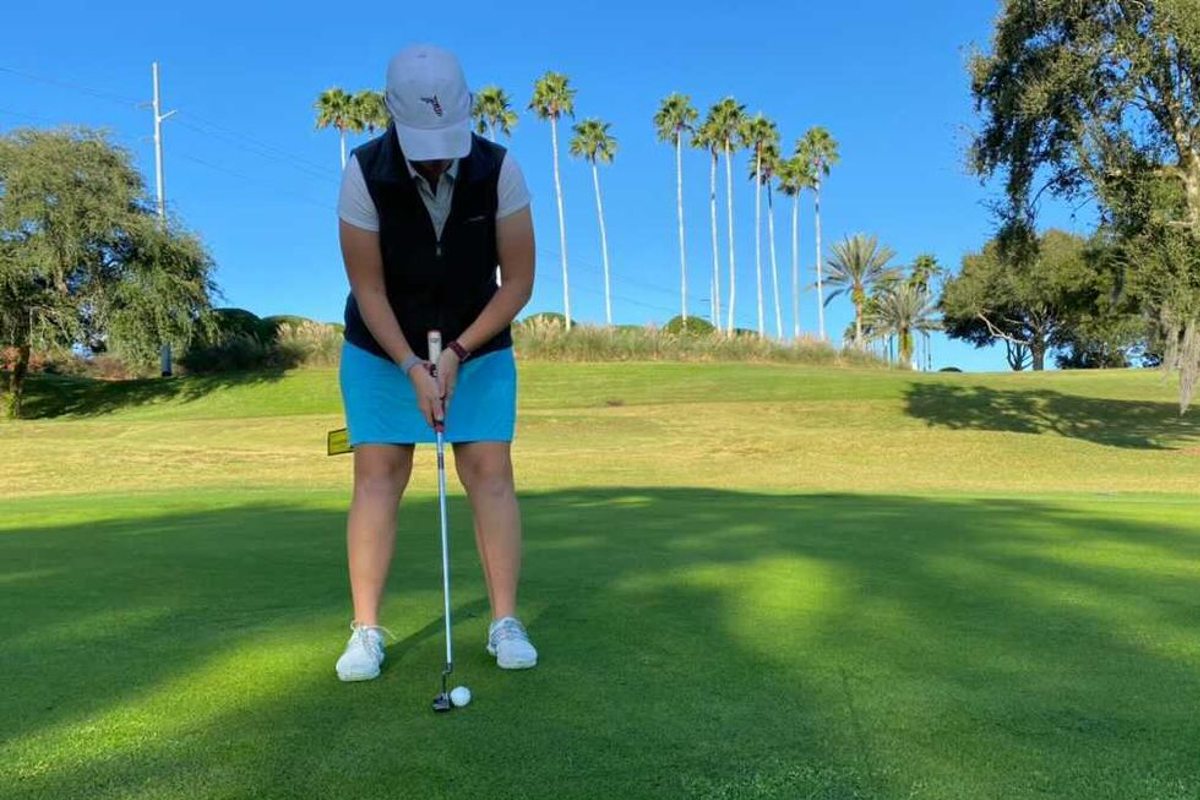As an academic, I read extensively. I read textbooks, professional literature, and scholarly works to include books and research journals. While I tend to enjoy most of what I read, I occasionally see something that stops me in my tracks. It is something that makes me read the piece repeatedly, thinking more and more about it and leaves me with more questions than answers. This happened to me recently as I was searching the academic literature for my next golf research project.
Basically, when an academic wants to write a research paper, she starts looking through the scholarly literature via the university library database. This is done to see what is currently trending in your topic of interest and to find a gap that you can fill with your own research. So, to get started, I accessed my university’s database and typed “golf” in the search box. While this resulted in hundreds of journal articles, I did not see much about women’s golf specifically. So, I started over with the search term, “women’s golf.” As you may guess, the articles become much fewer in number. The articles were categorized in many areas to include sports medicine, management and tourism. However, much to my surprise, there was one article that jumped out at me based on the title. It was a 2009 article entitled, “The Impact of American Politics and Perceptions of Women’s Golfing Abilities.”*
Yes, you read that right. Politics. Women’s golf. Abilities.
Three main ideas were presented as the basis for the article. First were the placement of men’s and women’s starting tees. I’m sure most of us know that holes are designed based on numerous factors such as climate, utilities, access, soil quality and others. Many times, a golf course architect and a local governmental liaison are involved with these decisions. After the hole design considerations are made, the men’s tees are made the focal point. However, the women’s tees are often determined by the golf course manager/owner rather than the architect and are after the fact.
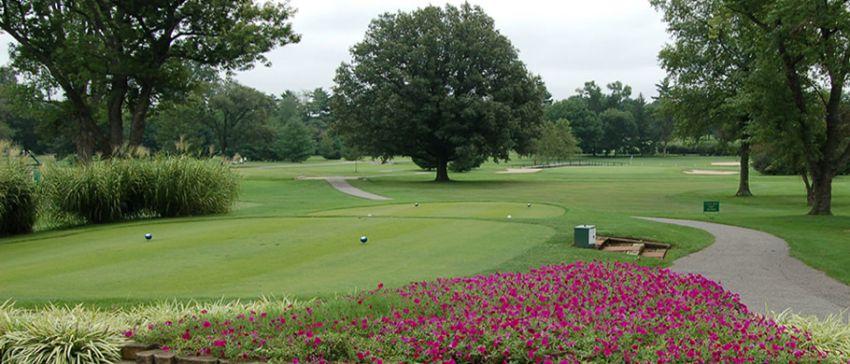
The second idea was the examination of Republican and Democratic political ideologies with respect to gender. The authors suggest that “political parties have become more polarized on gender issues.” After citing a few examples, they conclude that local organizations will assume structures which are consistent with the local political atmosphere. This includes golf as a local organization.
Finally, the authors use “institutional theory as it relates to the political environment and the pressures exerted on golf course owners to conform to social expectations of gendered physical abilities.” In short, institutional theory says that organizations will incorporate societal expectations into their organizations because of external pressures to do so. This theory gave a basis for the authors to study how and if politics played a role with the organization/entity of golf.
Now, think about your own course. Think about the placement of the women’s tees, the political nature of your location and finally how politics are involved at your local golf course. See any connections yet?
An analysis of almost 500 courses (10 from each state) was undertaken in the study. Many variables were considered such as mean/median starting tee distance, age of the course, public/private, price USGA difficulty rating, state political affiliation and others. What do you think the authors found?
I admit, before I even read the results, I thought there was no way this study could have found anything relevant. While the theoretical basis was solid, the sample was big enough and the variables they chose were extensive, I could not see how these variables (tees, politics and abilities) had any correlation. But, how wrong I was.
You can read the study to see all the statistical tests if you’d like, but here are the main findings.
The first hypothesis the authors suggested stated: Golf courses located in Republican states will have the men’s and women’s starting tee boxes situated further apart than those located in Democratic states.
The second hypothesis stated: Golf courses located in states with senators rated as conservative will have the men’s and women’s starting tee boxes situated further apart than those in states with senators as liberal.
The final hypothesis stated: Golf courses located in areas with congressional representatives rated as conservative will have the men’s and women’s starting tees situated further apart than those located in areas with congressional representative rated as liberal.
All three were found to be true.
In other words, the authors found that “the relationship between political representation and perception of gendered golfing abilities persists.” Basically, the perception of a woman’s ability to play golf is significantly based on something other than her actual ability.
The reason I bring you the results of this study is not to evoke positivity/negativity about any political party. It doesn’t truly matter with which political party (if any) you associate. Even the specific hypotheses the authors present are not the main point. (If the study was conducted again or with slightly different variables, some of the outcomes may be slightly different.)
The point is the question: Is there something bigger impacting women’s golf than we first thought? Is there an external environment impacting women’s golf issues including the perception of ability to intelligence? These environments may include economic, sociocultural, technological and based on this study’s results, the political environment. Underlying “doubts about women’s intellectual abilities may be affected by deep-seated perceptions of physical abilities and institutions like golf courses may reflect and reinforce both kinds of doubt” the authors concluded. Therefore, while countless important issues remain for women’s golf, is there a broader umbrella we should be analyzing that is bigger than the pay gap or growth numbers? Should the question be how do we grow the game or should it be how do we change the perception of women’s golfing ability?
*Arthur, M.M., Van Buren III, H. J. & Del Campo, R.G. (2009). The Impact of American politics on perceptions of women’s golfing abilities. American Journal of Economics and Sociology, 68 (2), 517-539.


